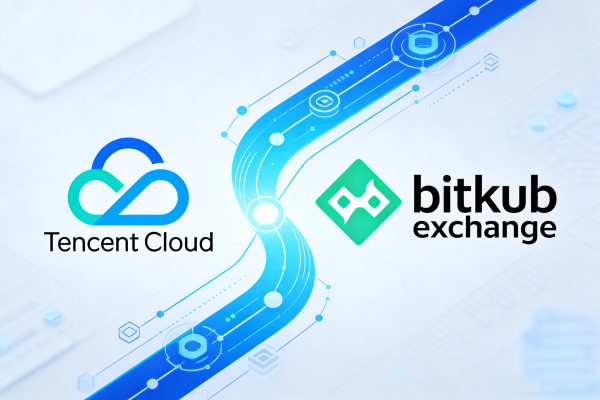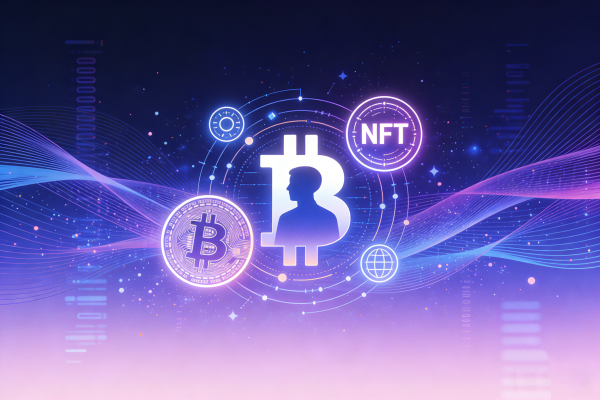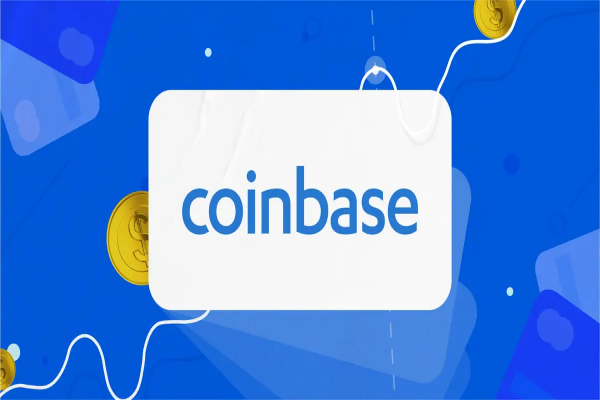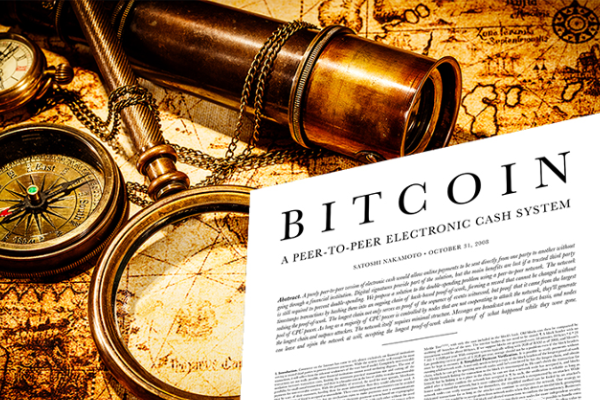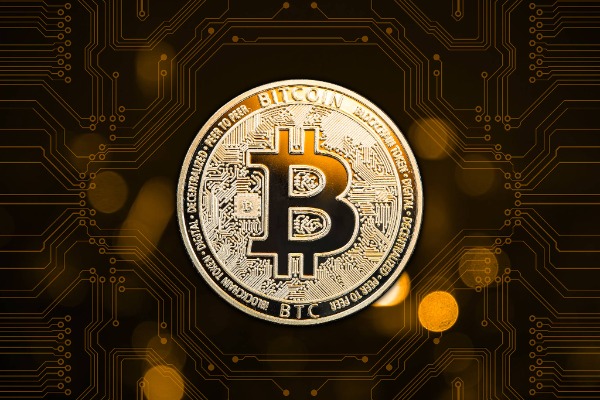Classification of blockchain and application areas of blockchain
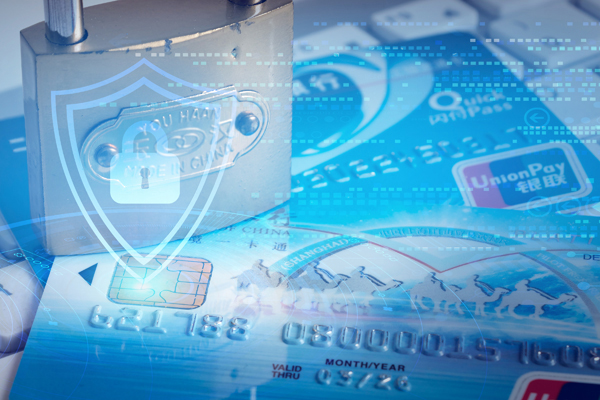
According to the participation and access mechanism of blockchain, that is, whether the blockchain account book is public or not, we can divide blockchain into three categories: public chain, private chain, and alliance chain.
1. Classification of blockchain
1. Public chain
The data on the public chain can be accessed by everyone, and everyone can also issue their own transactions and wait to be written into the blockchain. It has the characteristics of complete decentralization, not controlled by any organization, and the account book is completely open and transparent. Public chain projects include Bitcoin, Ethereum, Ripple, Hyperledger, and most competitive coins and smart contract platforms.
2. Alliance chain
The alliance chain is open to a specific organization team, which means that the nodes participating in the blockchain are pre-selected, and resources and information can be shared between nodes. For example, if you establish an alliance chain between 10 universities to share students' course information, then the course content on this chain can only be seen by students of these 10 universities, and the content can only be published by teachers and students of these 10 universities. The alliance chain can be regarded as partially decentralized, and its characteristics are very fast transaction speed and data can also have a certain degree of privacy.
3. Private chain
Private chain refers to a blockchain developed for a single individual or entity. The only participating node is the individual. The access and use of data are subject to strict authority management. It is a blockchain with certain centralized control and is generally used for internal audit.
2. Application fields of blockchain
1. Blockchain asset-related fields
Blockchain asset issuance and its subsequent payment, cross-border exchange, transaction, sale, etc.
2. Accounting method-related fields
Blockchain itself is a distributed accounting system. Currently, the banking, securities, insurance, etc. are closely related to accounting. The accounting method of blockchain can be used to make up for or improve the existing accounting and clearing efficiency.
3. Open and trusted related fields
This type of operation is meaningful only on the public chain because it is in the open and trusted application scenarios, such as crowdfunding, public welfare, mutual insurance, data preservation, etc., such as Ant Financial's public welfare projects.
4. Controllable anonymity related fields
Transactions on the blockchain are from one address to another, but we don’t know who the identity holder behind this address is. Many people use this feature for identity authentication. For example, when we go to a bank or hospital, we may expose our private information, but in fact, as long as the bank or hospital knows that you are you, you can use the controllable anonymity of the blockchain to make an ID card, encrypt all this information and save it on the blockchain, and then authenticate it in a place like a bank or hospital, without a series of procedures such as an ID card.
5. Notarization related fields
Blockchain also has a promising application in the field of notarization. It is based on the open, transparent and tamper-proof characteristics of the blockchain. There is a joke on the Internet about how difficult it is to do things. It takes N stamps to stamp one seal, and even leads to a joke about how to prove that your mother is your mother. The blockchain can ensure that the file cannot be changed and the integrity, and its Internet attributes can be free from geographical and time constraints, providing notarization services to the public, which is much more efficient than traditional methods.
6. Internet of Things related fields
In the Internet of Things, because the use and status of objects are changing, even every node and every product in the network needs to assume the role of both transaction object and transaction initiator, which will generate a huge amount of basic data and transaction data. The privacy of data is also a problem to be solved. Blockchain can solve these core difficulties of the Internet of Things and become a key technology for building a new generation of the Internet of Everything.
